Neck Pain
How to submit an article:
- Registered users can submit any published journal article that has a unique DOI (Digital Object Identifier) name or link to Research Hub.
- For example, you can paste the full DOI link:
https://doi.org/10.1109/5.771073or just the DOI name:10.1109/5.771073into the field above and click submit. - The person who is first to submit a valid article to Research Hub will forever be credited for it, and every article submission earns you +6 Research Points.
Related Topics
Published research studies are articles that present the findings of original research that has undergone a peer-review process and has been made publicly available in scholarly journals, books or other media.
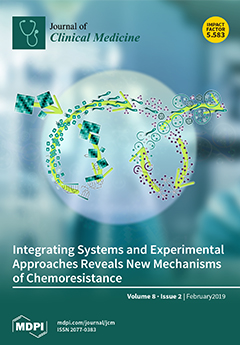
Evidence Map of Cupping Therapy
2021 Apr 17 Journal of Clinical Medicine Choi TY, Ang L, Ku B, Jun JH, Lee MS
Cupping has been applied in a variety of clinical areas, and systematic reviews in a few of these areas have demonstrated statistically significant benefits. The evidence map provides a visual overview of cupping research volume and findings. Evidence mapping can facilitate the transfer of knowledge from researchers to policymakers and promote research on musculoskeletal pain (such as low back pain, neck pain, and knee osteoarthritis) and skin disease (plaque psoriasis).
Cupping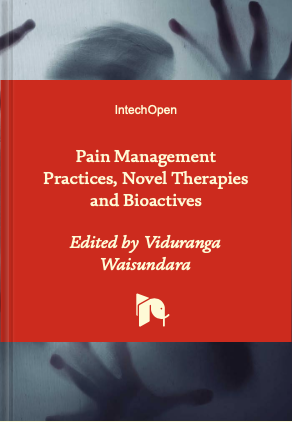
The Role of Cupping Therapy in Pain Management: A Literature Review
2020 Sep 25 Pain Management: Practices, Novel Therapies and Bioactives Asma Al-Shidhani, Abdulaziz Al-Mahrezi
Cupping therapy is an ancient complementary medicine practice which has been used for thousands of years for a variety of common medical problems. The current evidence is suggesting that cupping therapy may be effective in treating common chronic painful conditions for a short period. Yet, most of available studies have major limitations like small sample size, and different outcome assessment tools, duration of treatment, and treatment regimens. Publication bias is another important drawback, as most of the available studies were conducted in a single country. Future good quality, multicenter clinical trials utilizing standardized protocols are needed.
Cupping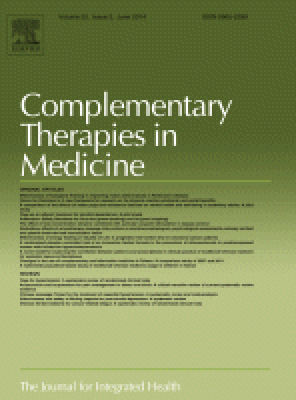
The effectiveness of acupuncture in the management of persistent regional myofascial head and neck pain: A systematic review and meta-analysis
2020 Mar Complementary Therapies in Medicine Farag AM, Malacarne A, Pagni SE, Maloney GE.
Systematic Review Meta-Analysis Neck Pain Neck, Shoulder, Arm & Wrist PainAcupuncture appears to be an effective and safe method to alleviate persistent myofascial head and neck pain.
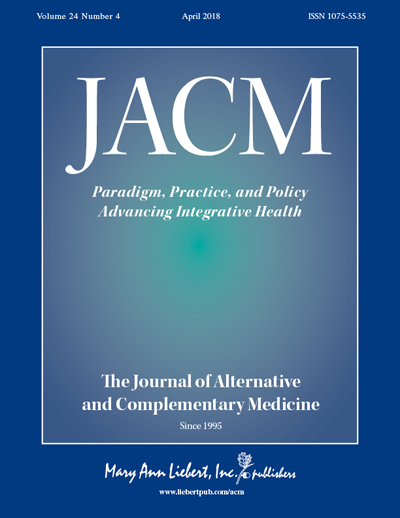
To evaluate whether tuina is more effective and cost-effective in reducing pain compared to no intervention in patients with chronic neck pain.
2018 Mar The Journal of Alternative and Complementary Medicine Daniel Pach, Mike Piper, Fabian Lotz, Thomas Reinhold, Mirja Dombrowski, Yinghui Chang, et al.
An additional treatment with six tuina sessions over 3 weeks was effective, safe and relatively cost-effective for patients with chronic neck pain. A future trial should compare tuina to other best care options.
Randomised Controlled Trial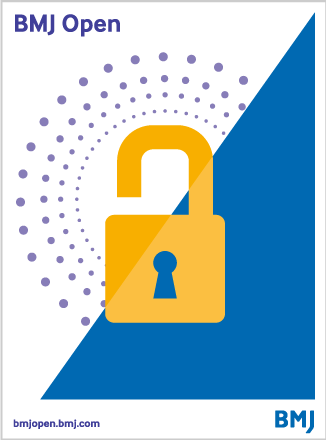
Is cupping therapy effective in patients with neck pain? A systematic review and meta-analysis
2018 Jan BMJ Open Kim S, Lee S, Kim M, et al
The study highlighted that cupping was found to reduce neck pain in patients compared with control groups.
Systematic Review Meta-Analysis CuppingResearch insights are moderated by the Research Hub team and offer an at-a-glance overview of interesting research findings.

2020 Complementary Therapies in Medicine
Acupuncture appears to be an effective and safe method to alleviate persistent myofascial head and neck pain.
Systematic Review Neck, Shoulder, Arm & Wrist Pain
The effectiveness of acupuncture in the management of persistent regional myofascial head and neck pain: A systematic review and meta-analysis
Farag AM, Malacarne A, Pagni SE, Maloney GE.

2016 Cochrane Database of Systematic Reviews
Acupuncture relieves neck pain better than sham acupuncture and those who received acupuncture report less pain and disability at short‐term follow‐up than those on a wait‐list.
Systematic Review Neck, Shoulder, Arm & Wrist Pain
Acupuncture for neck disorders
Trinh K, Graham N, Irnich D, Cameron ID, Forget M.
Review Articles
Review articles summarise and critically evaluate the current state of research on a specific topic or field by synthesising multiple primary research studies.

The effectiveness of acupuncture in the management of persistent regional myofascial head and neck pain: A systematic review and meta-analysis
2020 Mar Complementary Therapies in Medicine Farag AM, Malacarne A, Pagni SE, Maloney GE.
Systematic Review Meta-Analysis Neck Pain Neck, Shoulder, Arm & Wrist PainAcupuncture appears to be an effective and safe method to alleviate persistent myofascial head and neck pain.

Is cupping therapy effective in patients with neck pain? A systematic review and meta-analysis
2018 Jan BMJ Open Kim S, Lee S, Kim M, et al
The study highlighted that cupping was found to reduce neck pain in patients compared with control groups.
Systematic Review Meta-Analysis Cupping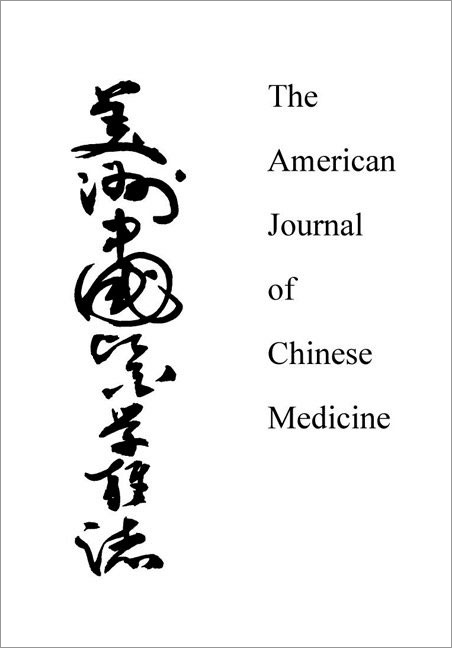
Effectiveness of Acupuncture and Electroacupuncture for Chronic Neck Pain: A Systematic Review and Meta-Analysis
2017 Nov 10 The American Journal of Chinese Medicine See Yoon Seo, Ki-Beom Lee, Joon-Shik Shin, Jinho Lee, Me-Riong Kim, In-Hyuk Ha, et al.
The systematic review highlighted that significant relief of pain was observed when the sole electroacupuncture group was compared to the control group or electroacupuncture was added onto the active control group,
Systematic Review Meta-Analysis
Acupuncture for neck disorders
2016 Oct 17 Cochrane Database of Systematic Reviews Trinh K, Graham N, Irnich D, Cameron ID, Forget M.
Systematic Review Meta-Analysis Neck, Shoulder, Arm & Wrist PainAcupuncture relieves neck pain better than sham acupuncture and those who received acupuncture report less pain and disability at short‐term follow‐up than those on a wait‐list.
Clinical Trials
Clinical trials are research studies that involve people and are conducted to evaluate the safety and efficacy of new treatments or interventions, such as drugs, medical devices, or behavioural therapies.

To evaluate whether tuina is more effective and cost-effective in reducing pain compared to no intervention in patients with chronic neck pain.
2018 Mar The Journal of Alternative and Complementary Medicine Daniel Pach, Mike Piper, Fabian Lotz, Thomas Reinhold, Mirja Dombrowski, Yinghui Chang, et al.
An additional treatment with six tuina sessions over 3 weeks was effective, safe and relatively cost-effective for patients with chronic neck pain. A future trial should compare tuina to other best care options.
Randomised Controlled Trial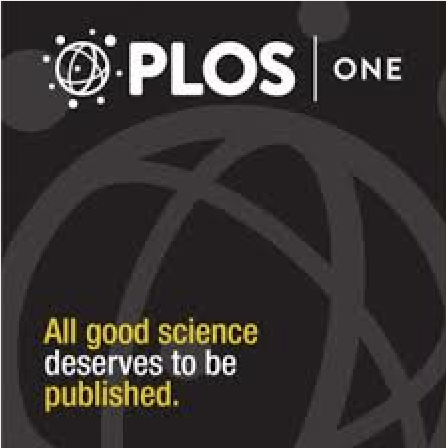
Efficacy of abdominal acupuncture for neck pain: A randomized controlled trial
2017 Jul 17 PLOS One Ho LF, Lin ZX, Leung WN et al.
Among adult patients with neck pain, abdominal acupuncture resulted in significantly greater improvements in functional performance, neck pain intensity, and some health-related quality of life measures than sham abdominal acupuncture. Abdominal acupuncture was superior to sham abdominal acupuncture in alleviating the intensity of and disability due to neck pain and improving the quality of life in patients with neck pain. These findings suggest that abdominal acupuncture is an effective treatment alternative for patients with neck pain.
Randomised Controlled Trial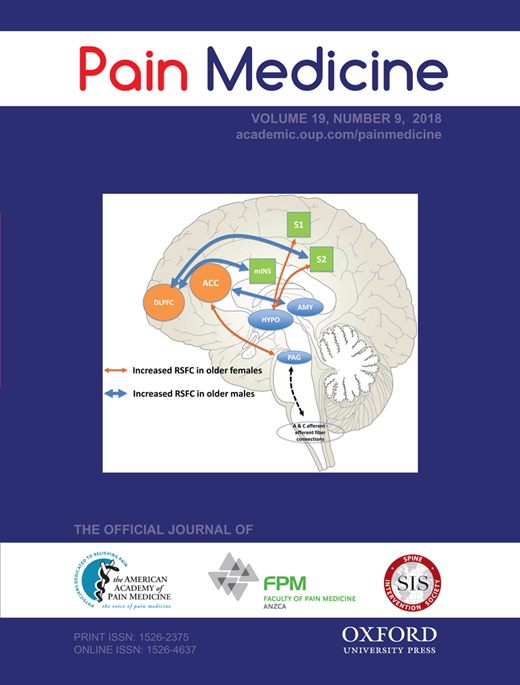
Effectiveness of Traditional Chinese "Gua Sha" Therapy in Patients with Chronic Neck Pain: A Randomized Controlled Trial
2011 Mar 25 Pain Medicine Braun M, Schwickert M, Nielsen A, Brunnhuber S, Dobos G, Musial F, et al.
Gua sha has beneficial short-term effects on pain and functional status in patients with chronic neck pain. The value of Gua sha in the long-term management of neck pain and related mechanisms remains to be clarified.
Randomised Controlled TrialStudy Protocols
Published study protocols are detailed plans that outline the objectives, methodology, statistical analyses, and organisation of a research study that have been made publicly available for others to review and use as a reference.
Presentation Slides

Systematic Review
Acupuncture appears to be an effective and safe method to alleviate persistent myofascial head and neck pain.
Farag AM, Malacarne A, Pagni SE, Maloney GE.

Systematic Review
Acupuncture relieves neck pain better than sham acupuncture and those who received acupuncture report less pain and disability at short‐term follow‐up than those on a wait‐list.
Trinh K, Graham N, Irnich D, Cameron ID, Forget M.
Executive Summary
Write an executive summary in the form of a blog article on the topic of "Research into Chinese medicine treatment for Neck Pain" summarising the research below and using language that can be easily understood by patients and avoiding medical jargon using a professional and caring tone of voice.
Write an executive summary in the form of a blog article on the topic of "Researched Chinese medicine treatments for Neck Pain" summarising the research below in an objective and easy to understand way, and using language that can be easily understood by patients. Group the article into Chinese medicine treatments first, followed by nutrition and other treatments. Avoid using medical jargon and use a professional and caring tone of voice.
Write me a concise but easy to understand executive summary on the topic of "Chinese medicine treatments for Neck Pain" based on the following research that I will give you. Your summary should be 2 paragraphs long in Australian English spelling and include references to the studies.
A Systematic Review published in 2020 in the journal Complementary Therapies in Medicine found that Acupuncture appears to be an effective and safe method to alleviate persistent myofascial head and neck pain. To investigate the impact of acupuncture on persistent myofascial head and neck pain, only randomized controlled clinical trials were considered. These studies were hunted in a variety of databases, including PubMed, Ovid Medline, Embase, Google Scholar, and the Cochrane Library, in addition to a manual search. The main metric used for outcome measurement was the comparison of the mean pain intensity score on the Visual Analogue Scale (VAS) between the acupuncture and sham-needling/no intervention groups. Additionally, safety data and adherence rate were looked into. The key findings from the gathered randomized controlled clinical trials showed a decrease in the Visual Analogue Scale pain intensity scores in the acupuncture group when compared with the sham-needling/no intervention group. Only four trials were included in the concluding meta-analysis, which showed a substantial difference in pain intensity between the acupuncture and sham-needling/no intervention groups. Overall, the results demonstrated promising safety levels, evidenced by low side effects/withdrawal rates. However, the studies were inconsistent in the way they reported outcomes.
A Systematic Review published in 2016 in the journal Cochrane Database of Systematic Reviews found that Acupuncture relieves neck pain better than sham acupuncture and those who received acupuncture report less pain and disability at short‐term follow‐up than those on a wait‐list. For mechanical neck pain, we found that acupuncture is beneficial immediately following treatment and at short‐term follow‐up compared with sham treatments for pain intensity; at short‐term follow‐up compared with sham treatments for disability (NPQ); at short‐term follow‐up compared with inactive treatments for pain intensity; and at short‐term follow‐up compared with wait‐list control for pain intensity and neck disability improvement. Effects do not seem sustainable over the long term. Acupuncture treatments appear to be relatively safe.
Moderation Tools
Topic
Sign In
Users not signed in are limited to viewing the 5 most recent items of content.